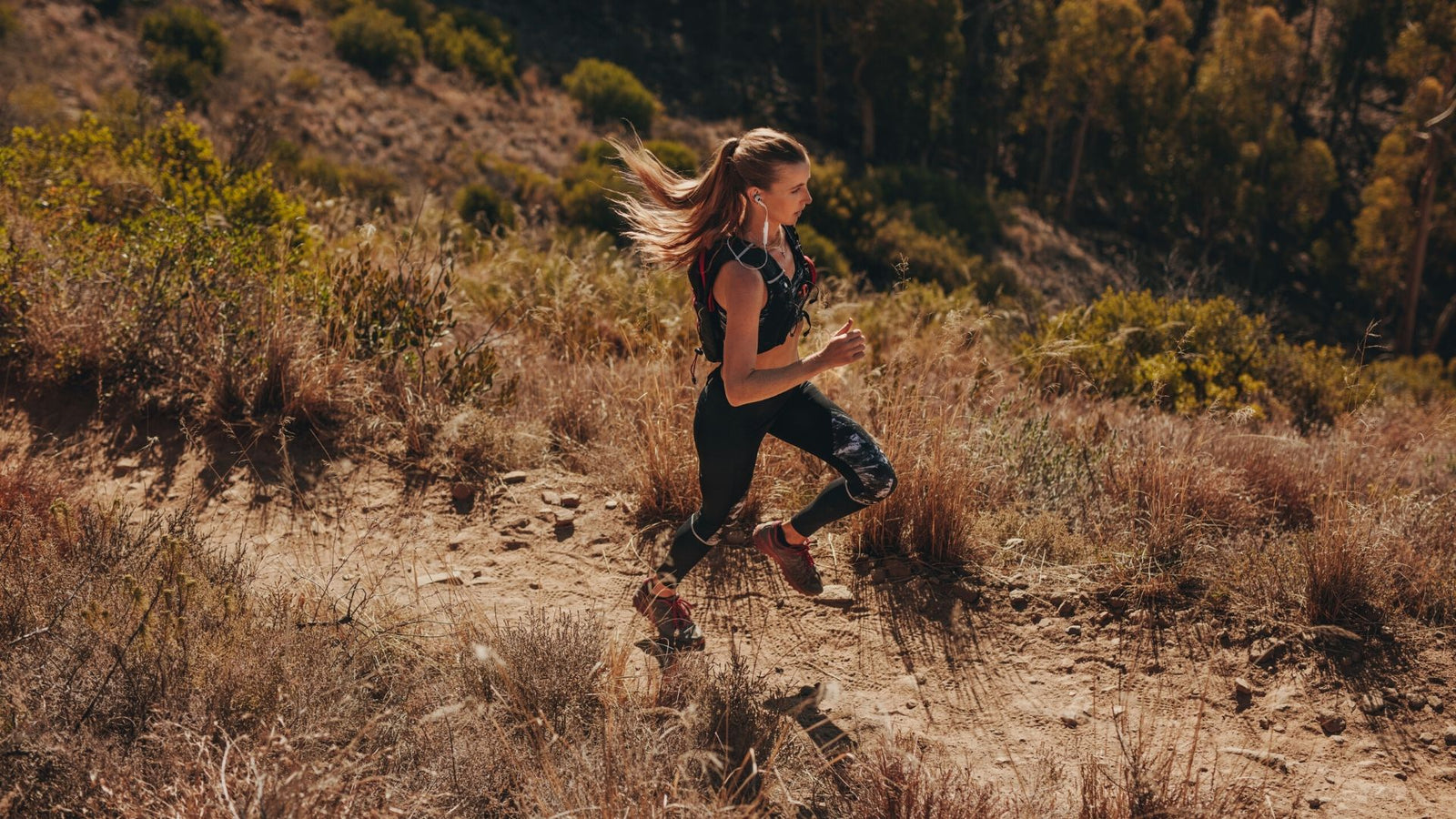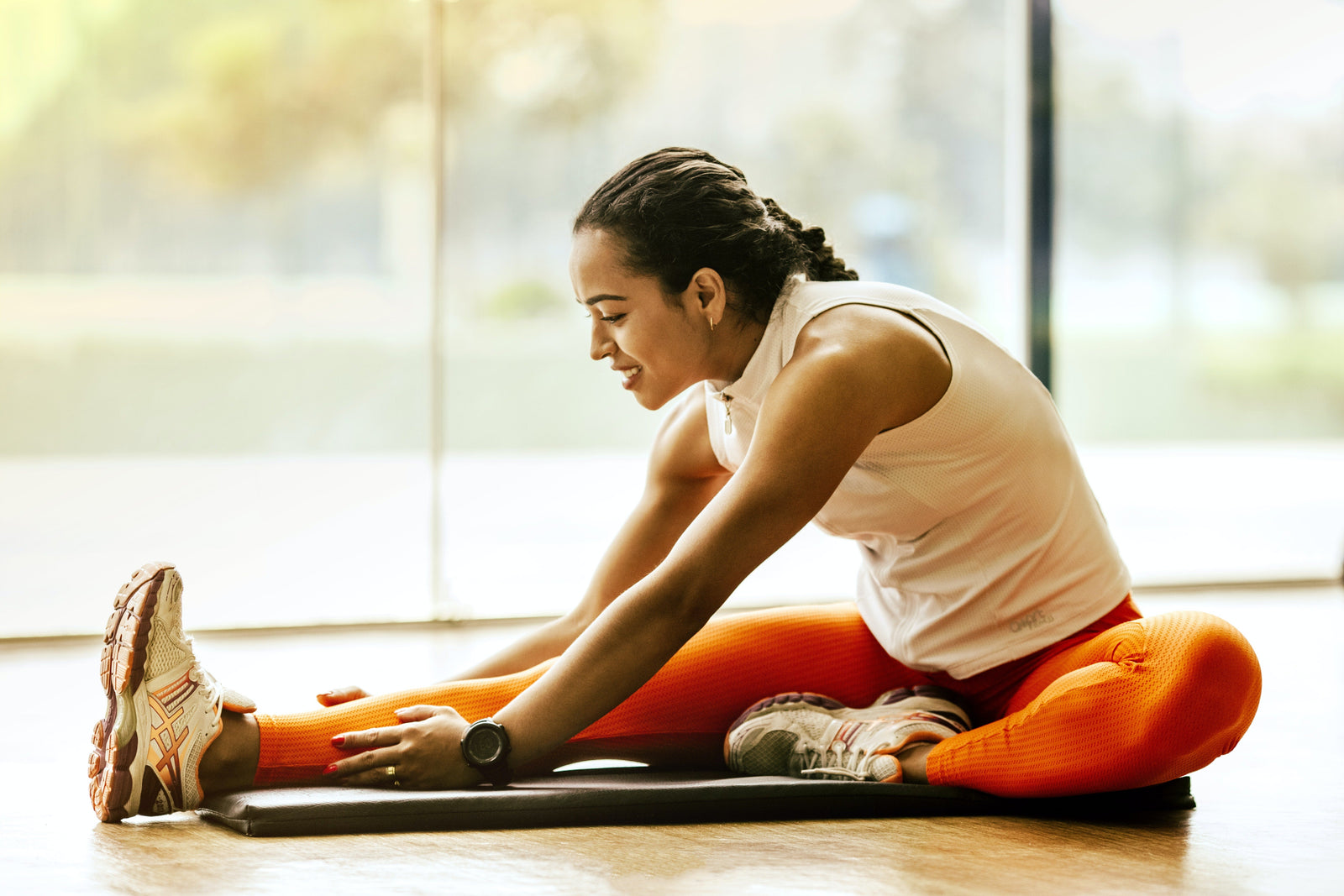Level up your fitness with breathwork
As an athlete, you think diligently about what you eat, what you drink, how much you exercise, how much you sleep, rest, stretch, and recover. You do all of these things in an effort to improve performance, sustain longevity, and gain a competitive edge. But when’s the last time you thought about how, and how much, you breathe? Most of us have never given this much thought: air in, air out, repeat. Right? Well, not quite. As it turns out, the way we breathe has a significant impact on nearly every aspect of our health. Fitness and athletic performance are no exception. In this article, we’ll review how nose breathing can boost athletic performance to help you exceed your personal bests and take your athletic achievements to the next level.
Breathlessness limits athletic performance
In most athletic endeavors, our performance is not limited by the fitness of our muscles, but by the fitness of our lungs. Take the example of running. If you were to go out for a run and continually increase the pace every quarter mile, the limiting factor would not be the tiredness in your muscles. It would be the breathlessness in your lungs. While the aerobic capacity, or VO2 max of each person is different, this is the limiting factor of performance for nearly everyone. Therefore, if we can find a way to reduce breathlessness and increase aerobic capacity by using optimal breathing, we can experience breakthroughs in performance that we never thought possible.
The science of oxygenation
To understand how to use breathing techniques to unlock next level athletic performance, we need to first understand how oxygenation works inside the body. When we inhale, oxygen is absorbed through the tubes and capsules in the lungs. From the bronchial tubes, to the capillaries, then finally to the alveoli where an oxygen-carbon dioxide exchange happens with the red blood cells. The oxygenated cells then travel throughout the body, delivering oxygen to the muscles, organs and tissues that demand it.
However, the delivery of oxygen is more nuanced than you might think.It turns out that the delivery of an oxygen molecule to a bodily tissue cell actually requires a molecule of carbon dioxide to be present. Carbon dioxide plays a key role in oxygenation as it is the catalyst to detaching oxygen from the hemoglobin within red blood cells, allowing it to then be received by a muscle, organ, or other tissue. Often thought of as a waste gas, carbon dioxide actually plays a crucial role in oxygenation.
Oxygen and carbon dioxide in the body
Traditional logic leads us to infer that to increase performance we need more oxygen in the body. In reality, the key is actually to maximize the efficiency of oxygenation, that is, how much of the oxygen in the bloodstream gets transferred to the muscle tissues that need it to perform optimally. You see, at any given time, while working out or resting, the blood’s oxygen level is somewhere between 95-99%. Clearly, there’s no shortage of oxygen and breathing in more isn’t going to make a difference. As discussed above, what actually matters is the amount of CO2 in the body since CO2 is required for oxygenation of cells.
So how can we increase the amount of CO2 in our bodies? The key is by changing how and how much we breathe.
Primarily, the key here is to focus on nose breathing instead of mouth breathing. As humans, we perform optimally when we breathe through our noses and it is beneficial to our health. When we mouth breathe, we are doing our body a disservice and actually causing harm over time. Through the lens of athletic performance, mouth breathing is harmful since it actually leads to us expelling too much CO2. This puts us in a CO2-deficient position, which decreases our ability to oxygenate our cells.
As a result, by using nose breathing, our CO2 levels increase to facilitate more efficient oxygenation. As a result this improves aerobic capacity (VO2 max), reduces breathlessness, and boosts athletic performance.
Breathing during rest impacts breathing during exercise
What’s crucial to understand when optimizing your breathing is that the way we breathe duringrest and sleep significantly impacts our level of breathlessness during physical activity. By learning how to optimize both our resting breathingandour activity breathing, we can leverage breathing as a powerful tool to boost athletic performance.
During rest and sleep, we want to focus on nose breathing in order to increase our body’s CO2 tolerance. For many of us, years of mouth breathing has actually lowered our body’s CO2 set point. However, it is possible to increase this set point via nose breathing and slow breathing. By increasing our body’s comfort level with a higher CO2 concentration during rest, we will be able to perform better when CO2 increases even further during periods of physical exertion.
Gain an edge by breathing less
Beyond just nose breathing, we can further increase our body’s oxygenation efficiency by learning to breathe slower. Nose breathing naturally leads to slower breathing, but using conscious breathing techniques we can train our body to use air more efficiently. When we breathe slowly, the inhaled air has more time in our lungs to be absorbed into the bloodstream. It also allows CO2 levels to rise before the CO2 is exhaled. The net result is that our body learns to do more, with less.
Nose breathing while training
In addition to optimizing how we breathe during rest and sleep, it is also important to perform breathwork exercises during training. The principles are the same: use nose breathing and slow breathing to help increase the body’s tolerance to CO2. Next time you’re out running, cycling, or working out, see how long you can go without opening your mouth. Focus on slow, controlled inhales and exhales through your nose. At first, your body will feel like you’re starving for oxygen. But in reality your blood oxygen level is still going to by 95-99%. After even just a few weeks of this exercise, your body will become more tolerant of CO2, allowing you to breathe less (through your nose, of course). In turn this will drop your heart rate, lower your blood pressure, and increase aerobic capacity.
How to nose breathe at night
Clearly, training our body to nose breathe can help us unlock new levels of athletic performance. While it is relatively simple to train ourselves to nose breathe during the day - you could be doing it right now while reading this article - ensuring nose breathing at night becomes a bit more difficult since it cannot be done consciously.
Thankfully, SomniFix Strips allow you to nose breathe comfortably all night long. Our gentle, skin-safe adhesive and flexible strips are specially designed to keep your lips sealed while you sleep. With the lips sealed, you’ll be encouraged to nose breathe, taking advantage of the many benefits of nose breathing discussed in this article.
Athletes from across the country have started realizing the athletic performance and health benefits of nose breathing at night as a result of using SomniFix.
Try SomniFix Strips tonight completely risk-free. If you don’t love your sleep after 7 nights with SomniFix we’ll give you your money back.






